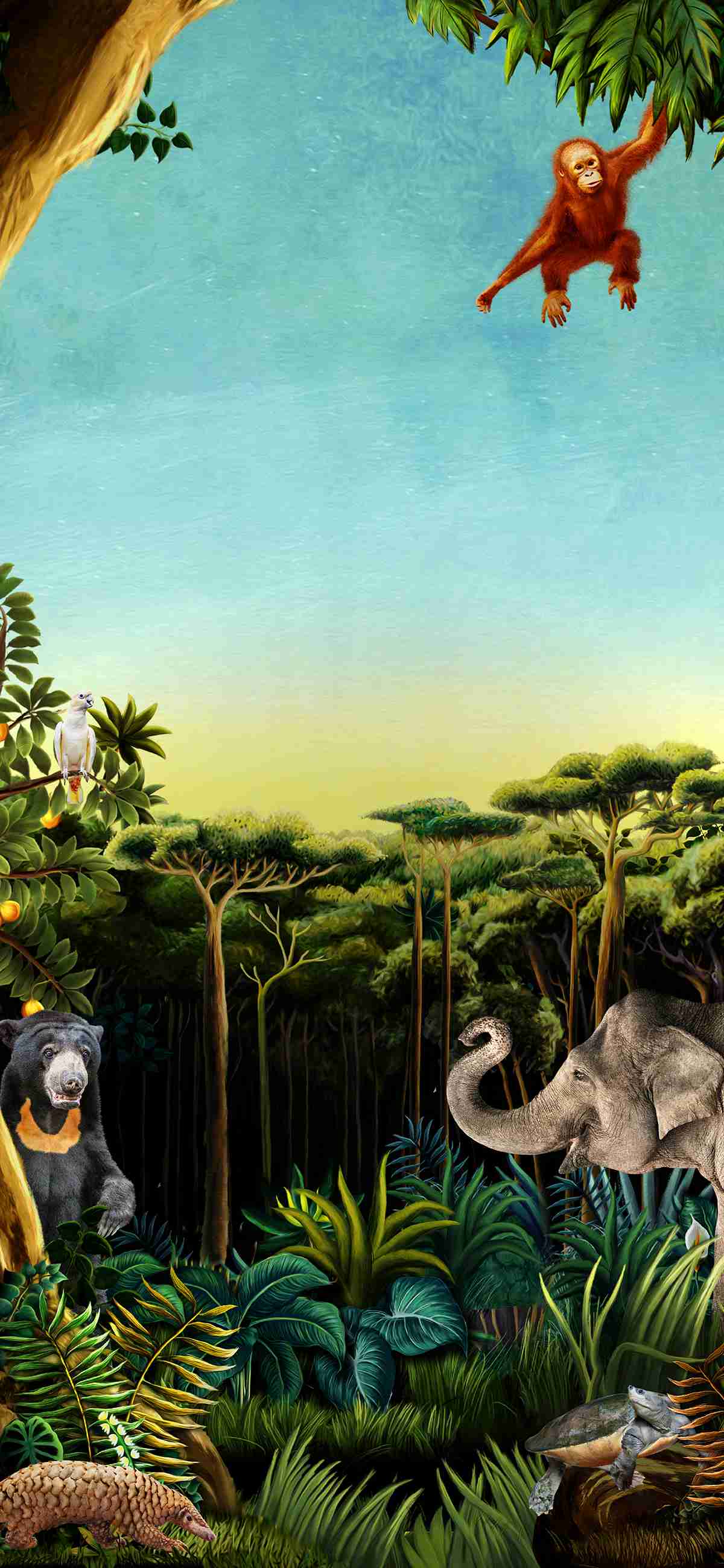Night Safari unveils a new trail while Singapore Zoo gears up for a marine coastal exhibit with an F&B hub
25 JULY 2024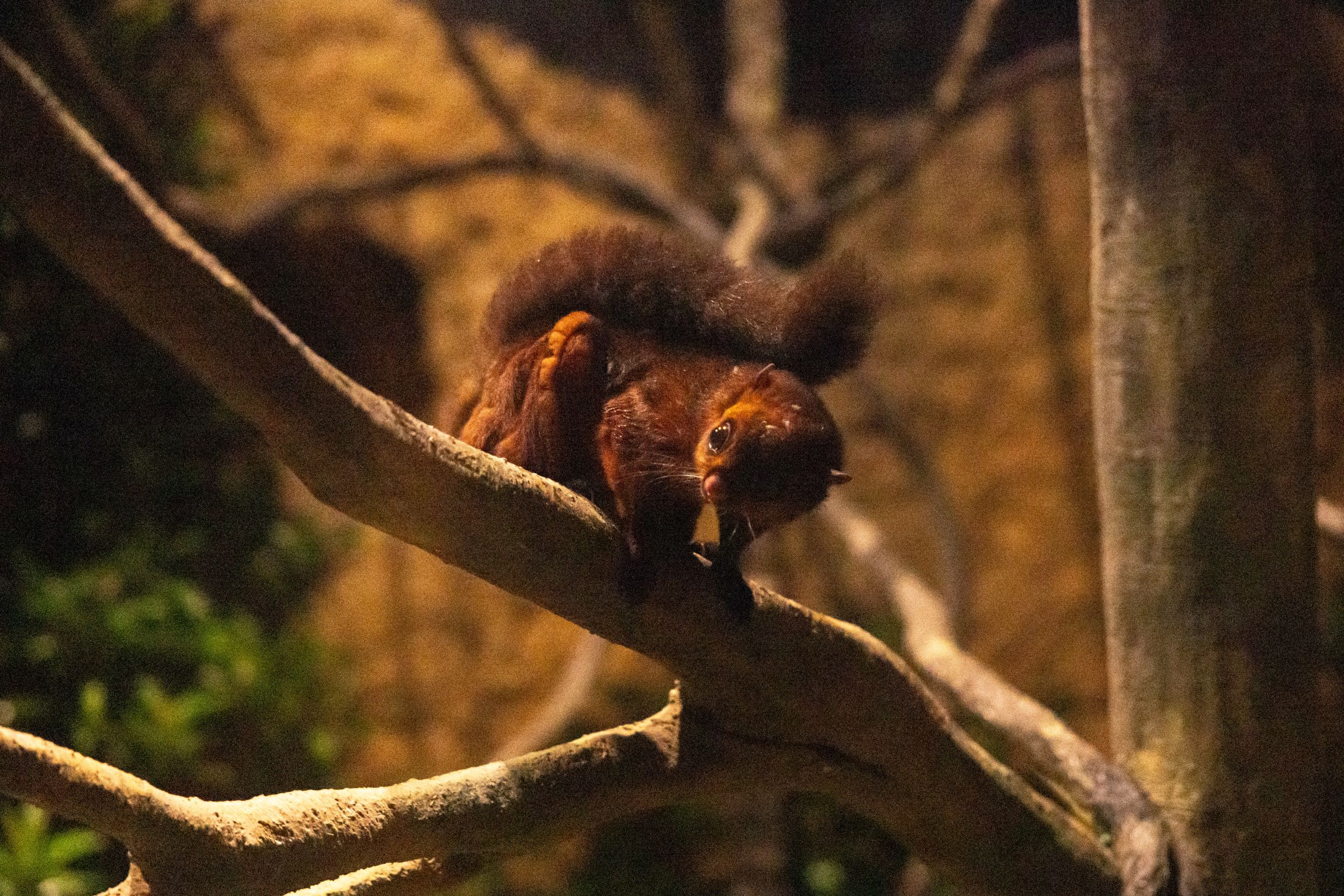
A spotted giant flying squirrel at the new Pangolin Trail in Night Safari where visitors can peek into the night life of about 11 species of wildlife native to Singapore and Malaysia.
Photo credit: Mandai Wildlife Group

An artist’s impression of the Marine Coastal Exhibit for Singapore Zoo, come 2027. Families can dine and look forward to immersive underwater views of the Californian sea lions and African penguins.
Photo credit: Mandai Wildlife Group
The world’s first nocturnal animal park is celebrating 30 years of connecting people to diverse animal species that come alive at night. A new 280m-long walking trail will soon be unveiled at Night Safari where visitors can look out for about a dozen different animal species including the Sunda pangolin, slow loris, binturong, oriental small-clawed otter and spotted giant flying squirrel.
The park became the first zoological facility in the world to successfully care for and breed the Sunda pangolin, which is native to Singapore and Southeast Asia. Mandai Wildlife Group’s veterinary team has treated over 200 wild pangolins over the past decade and will be embarking on a breeding programme for the species in human care. 41 per cent of the animals in Night Safari are threatened with extinction in the wild, and the park is actively involved in international global breeding programmes to prevent species extinction.
Dr Cheng Wen-Haur, Deputy CEO and Chief Life Sciences Officer of Mandai Wildlife Group, said, “The new Pangolin Trail tells the story of our ongoing mission to conserve this critically endangered species, with a holistic plan to protect them both in the wild, as well as in our care. The trail will offer guests the unique experience of seeing and learning about the shy and elusive pangolin being active at night.”
The Sunda pangolin is one of 20 species that Mandai Wildlife Group and its conservation arm, Mandai Nature, have jointly identified for conservation under the One Plan Approach, which aims to restore the population of a species both within and outside their natural range through collaborative conservation work between government bodies, international conservation partners and local communities.
The new Pangolin Trail will be the first fully sheltered walking trail at Night Safari, allowing guests to explore the jungle and its mysterious denizens at night under all weather conditions. The trail is easily accessible from the entrance of the park.
In a majestic tribute to Night Safari’s anniversary, Chawang, the park’s iconic Asian bull elephant, will enthrall visitors at a brand-new bull elephant habitat. Enrichment features like a ‘stable grazer’ that releases hay at random timings will encourage the giant pachyderm to forage more actively, improving its health as well as enhancing its visibility for guests. A look-out deck which can be accessed on foot will allow visitors to observe Chawang at close range.
Over at Singapore Zoo, more exciting developments are being planned under the park’s rejuvenation masterplan. In the works is a new marine coastal habitat for the Californian sea lions and African penguins to be ready in 2027. The existing sea lion and penguin exhibits have been closed since 15 July 2024 to make way for the fresh experience, which will be the first underwater-viewing habitat in the zoo to be integrated with an F&B venue. It will be a mixed species exhibit which also features harbor seals, marking the first time the species will be shown in Singapore. Diners at the first level restaurant will have underwater views of the marine mammals. On the upper level is a bistro where visitors can have vantage views of the sea lions basking in the habitat.
In the mornings, the upper floor outside the bistro will also be abuzz with Singapore Zoo’s signature dining programme, Breakfast in the Wild. The design incorporates the surrounding tree-line where the orangutans climb and explore in the tree canopy. From an elevated terrace, diners will be able to look out to the animals up amidst the trees and interact with the keepers to learn about the orangutans and other species.
Next door, a new banquet hall with approximately 400 seats will be almost twice the size of the zoo’s current Forest Lodge event space to accommodate larger groups. Outside this banquet hall are spaces that can be set up for a host of curated experiences including animal interactions.
Added Dr Cheng Wen-Haur, “By offering a range of memorable and meaningful wildlife experiences, the Mandai Wildlife Reserve is a window into the wild for our guests. We hope to inspire our guests to better appreciate nature and join us in our efforts to protect threatened wildlife.”
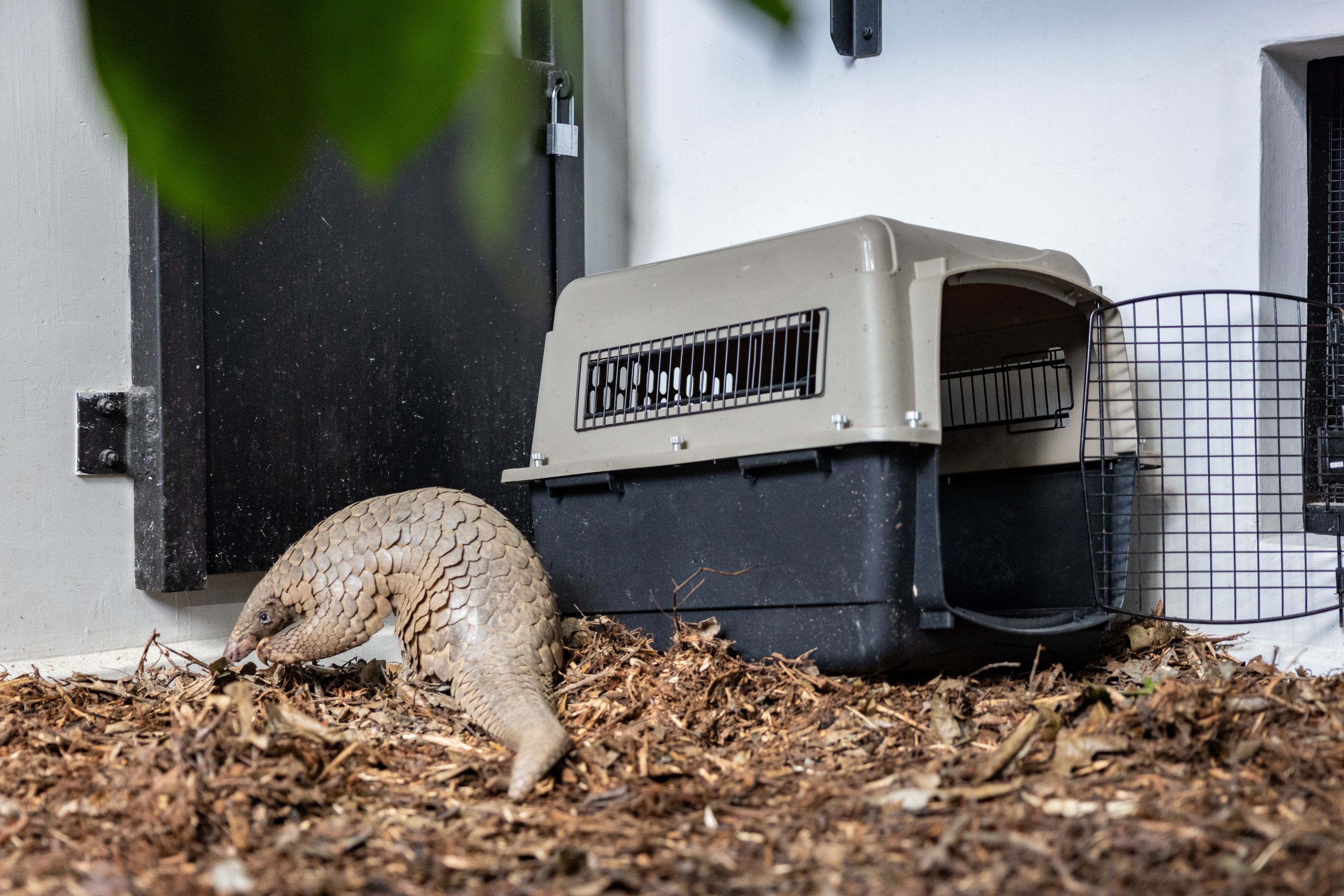
Berani the Sunda pangolin takes his very first few steps around the new off-exhibit den area at Pangolin Trail. The animal care team worked to ensure that the animals settled in well through positive reinforcement and a conditioning process that took place over three weeks.
Photo credit: Mandai Wildlife Group
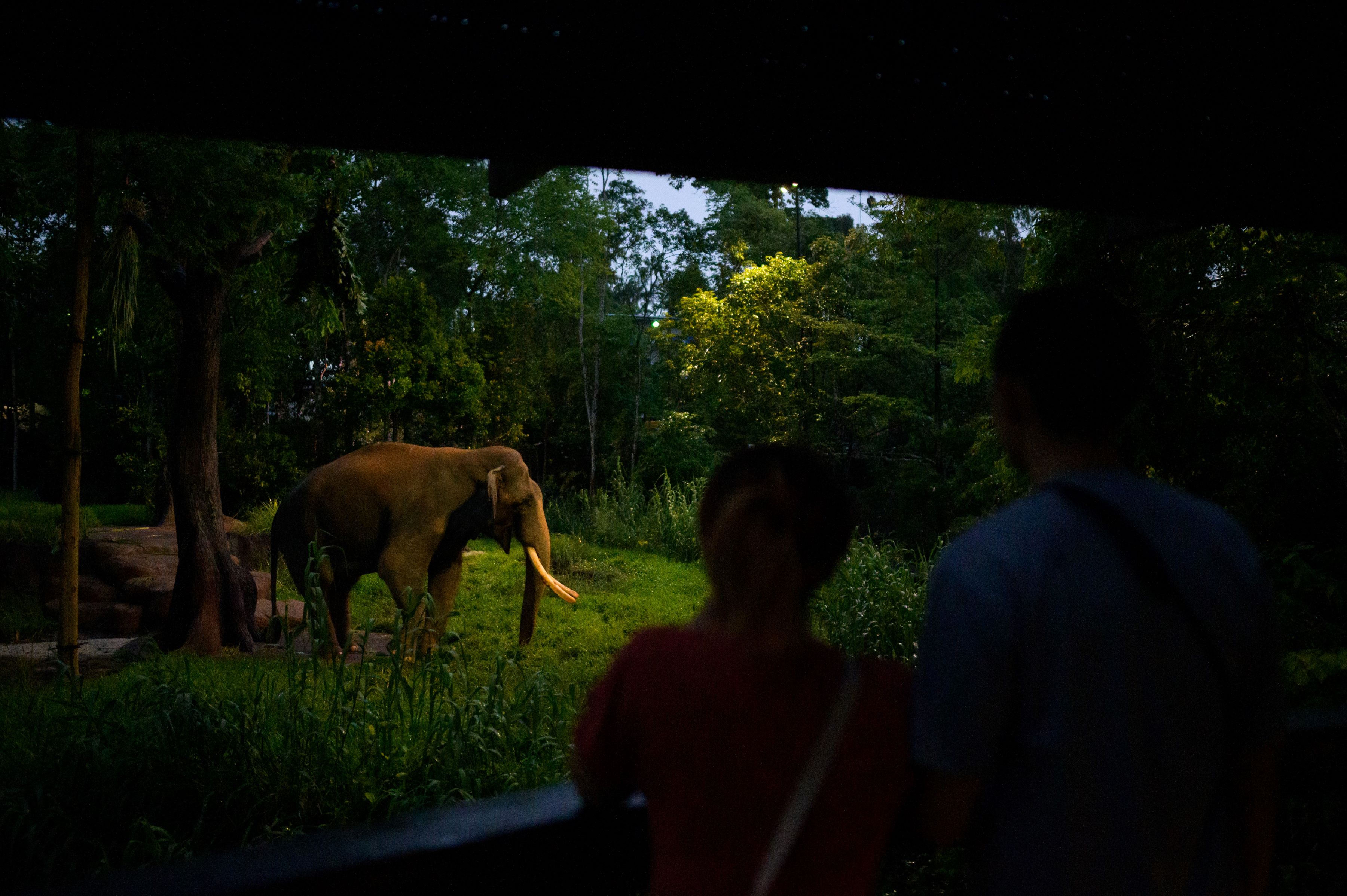
Guests observe Chawang in his new exhibit from the Asian bull elephant look-out deck. This is the first time that guests can view an Asian elephant on foot at Night Safari.
Photo credit: Mandai Wildlife Group
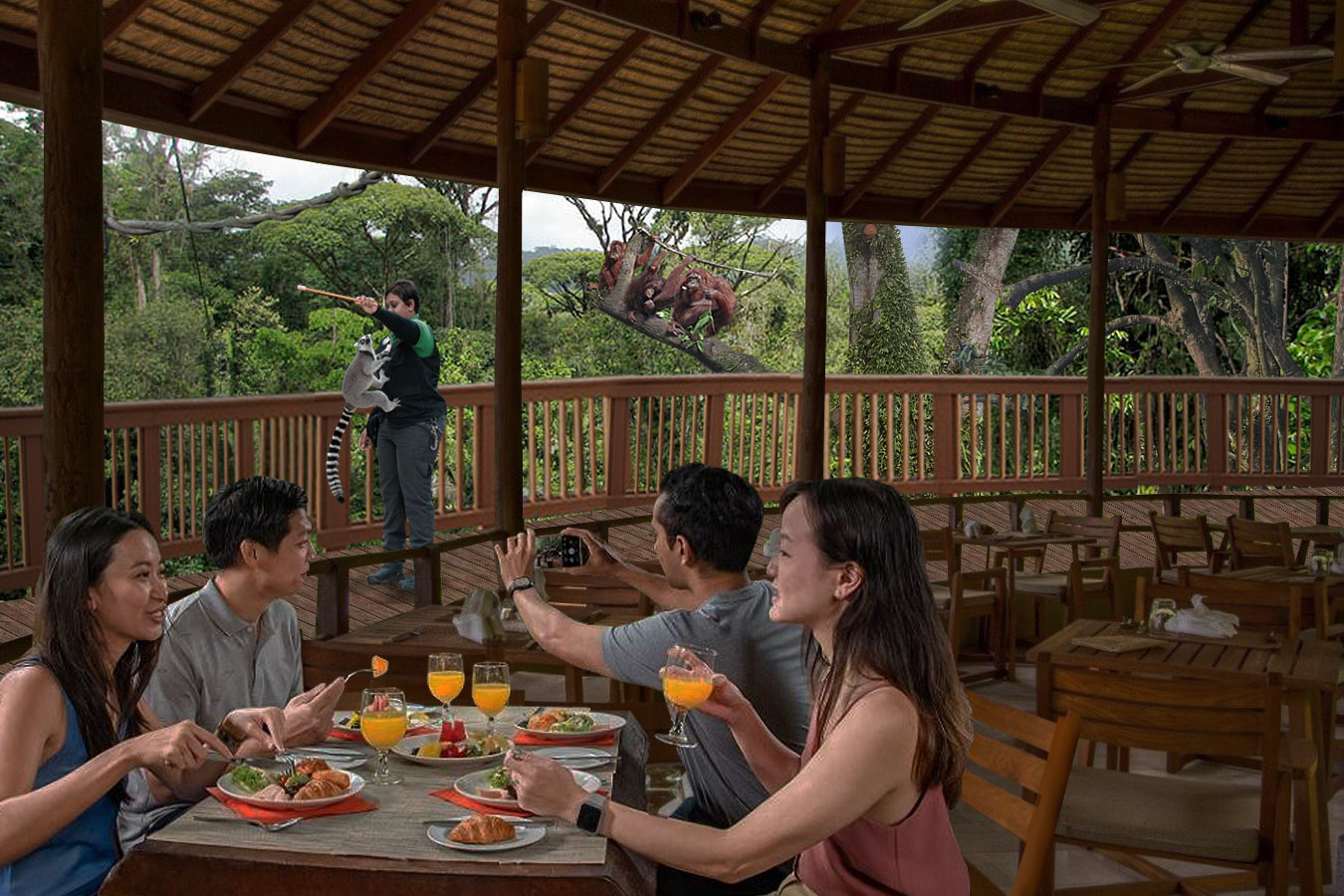
An artist’s impression of the Breakfast in the Wild experience at the second storey terrace of the Marine Coastal Exhibit and F&B hub.
Photo credit: Mandai Wildlife Group
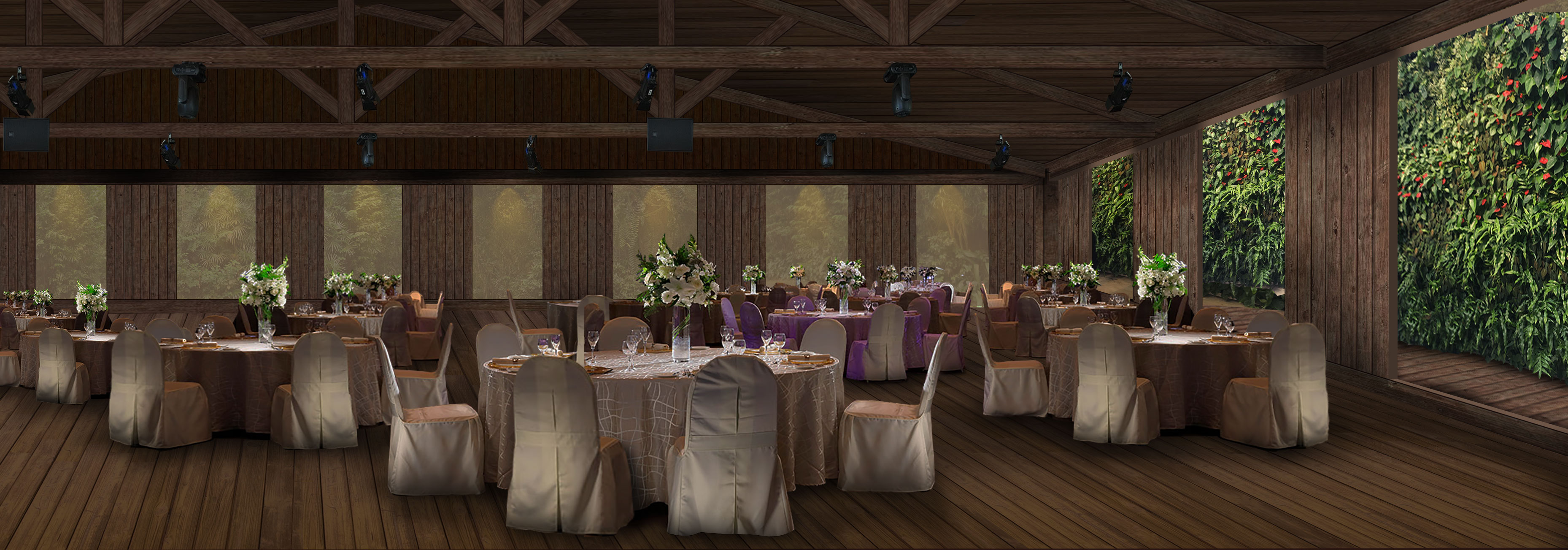
The upcoming flexible-use banquet hall in Singapore Zoo will bring new possibilities for intimate and larger scale celebrations and events.
Photo credit: Mandai Wildlife Group

